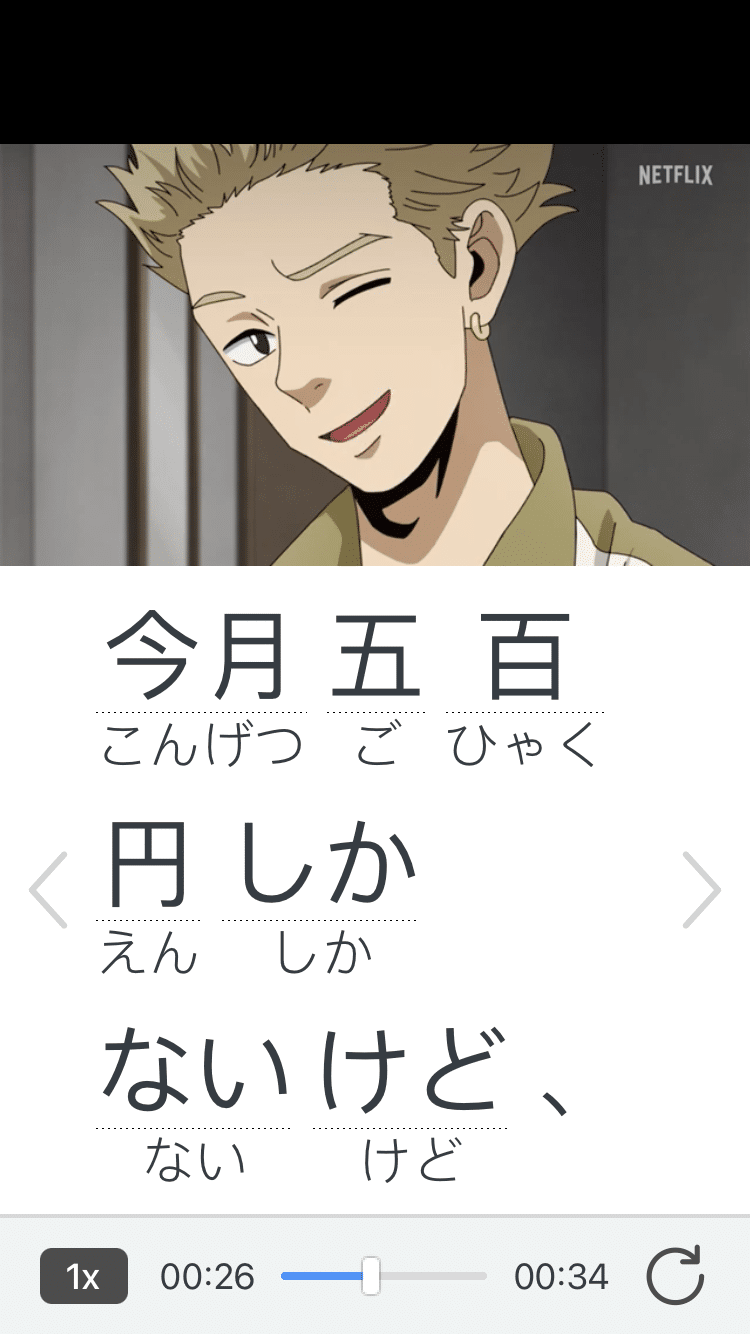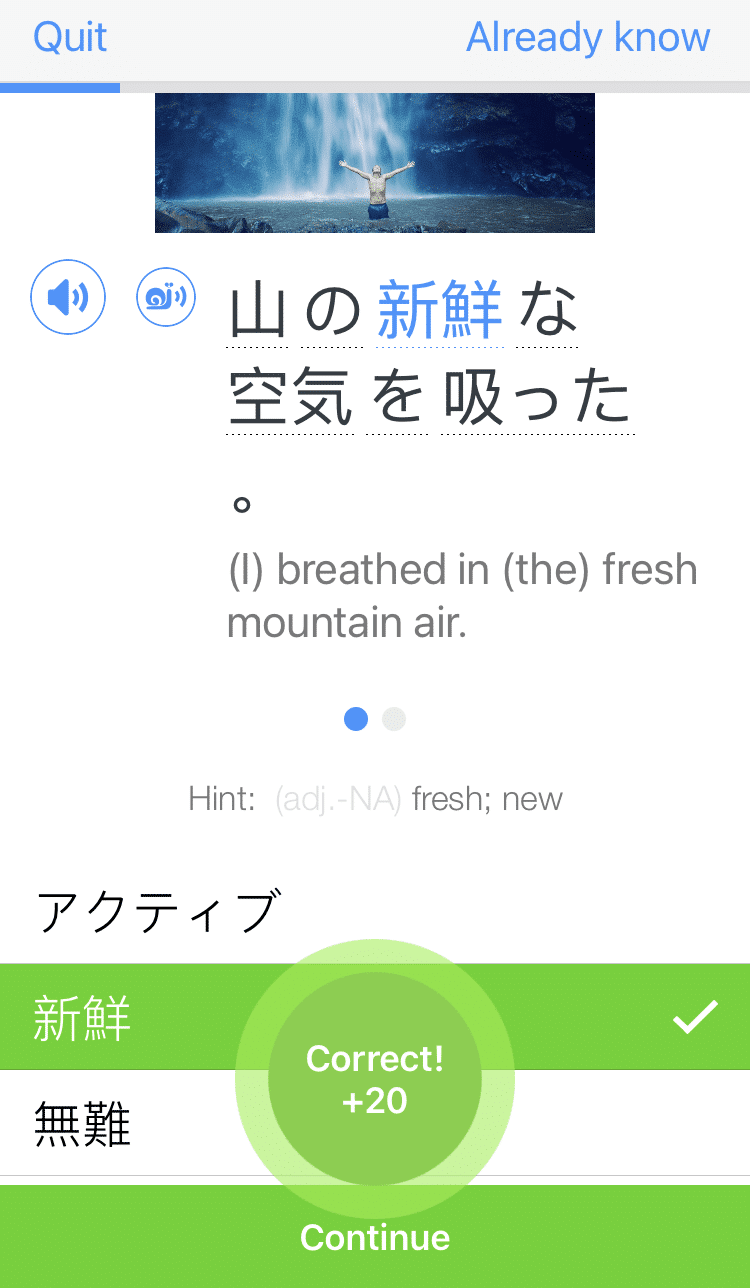The 4 Seasons in Japanese and 20+ Related Words to Spring into Fluency

Summers in Japan are famously humid. They’re uncomfortable, to say the least.
But, they’re also helpful.
That’s because each season in Japan brings with it particular vocabulary and phrases.
So, while it may be blazing hot in Japan, I have the opportunity to use words I haven’t used all year!
Ready to learn how to talk about seasons in Japanese? Let’s get started!
Contents
Download: This blog post is available as a convenient and portable PDF that you can take anywhere. Click here to get a copy. (Download)
How to Say the Seasons in Japanese
So how exactly do you say the seasons in Japanese? Here they are in a nutshell for you, in a convenient table:
| English | Japanese | Hiragana | Romaji |
|---|---|---|---|
| Spring | 春 | はる | haru |
| Summer | 夏 | なつ | natsu |
| Fall | 秋 | あき | aki |
| Winter | 冬 | ふゆ | fuyu |
| Season | 季節 | きせつ | kisetsu |
| Four Seasons | 四季 | しき | shiki |
Spring Vocabulary in Japanese
Spring is generally equated to cherry blossoms in Japan. They’re transient in nature, only blooming for a short period of time until they finally float away from the tree. Many say that this is what makes the flowers beautiful.
One of my favorite Japanese spring foods is red snapper. It’s delicious, and its name forms part of the word for lucky ( おめでたい ). Combine that with the fact that the city I live in (Itoshima) has the highest quantity of fished red snapper and you can see why I enjoy it so much. They even put it in ramen down here!
The sweetness of fresh air and the beautiful colors of cherry blossoms are reflected in Japanese confectionery, as well. Sakuramochi encapsulates the spirit of spring in a tight ball of chewy delight. It’s a sweet rice cake with red bean paste that’s wrapped in a cherry blossom leaf.
Here’s a list of words to help you embrace spring:
| English | Japanese | Hiragana | Romaji |
|---|---|---|---|
| Spring | 春 | はる | haru |
| Cherry blossoms | 桜 | さくら | sakura |
| Cherry-blossom viewing party | 花見 | はなみ | hanami |
| Sakuramochi (Japanese confectionery with a cherry blossom leaf on the outside and red bean paste on the inside) | 桜餅 | さくらもち | sakura mochi |
| Matcha (a bitter, green tea usually paired with Japanese confectioneries) | 抹茶 | まっちゃ | matcha |
| Red snapper | 鯛 | たい | tai |
| Lucky | おめでたい | おめでたい | omedetai |
| Just right (referring to the weather/temperature) | ちょうどいい | ちょうどいい | Choudo ii |
Summer Vocabulary in Japanese
I remember the first summer I spent in Kyoto, a valley region notorious for its heavy humidity. I learned the word for hot, very hot, outrageously hot and “What is this?!” kind of hot.
Aside from the weather, there are plenty of activities and foods that separate summer in Japan from the other seasons. One thing that stands out is watching fireworks. The crowds, the food stalls and the lights in the sky make for a memorable night.
Despite the heat, there are plenty of exciting Japanese festivals throughout the summer. Depending on the region, various traditions are carried out throughout the fun. For example, some festivals make use of a portable shrine, a massive structure that’s carried by a team of locals wearing their traditional festival coat, or happi coat.
Here’s a list of words to help you transition into summer:
| English | Japanese | Hiragana | Romaji |
|---|---|---|---|
| Summer | 夏 | なつ | natsu |
| Fireworks | 花火 | はなび | hanabi |
| Watermelon | スイカ | すいか | suika |
| Festival | 祭り | まつり | matsuri |
| Portable shrine | 神輿 | みこし | mikoshi |
| Festival coat / Happi coat | 法被 | はっぴ | happi |
| Humid | 蒸し暑い | むしあつい | mushiatsui |
Fall Vocabulary in Japanese
When fall arrives, the leaves change color. They become all sorts of red, orange and yellow. It’s such a marvelous sight that there’s a Japanese word for it: 紅葉 (こうよう) — leaves changing color.
For food, you can enjoy the warmth of hot pot with all sorts of seasonal vegetables inside. One of my personal favorites is hot pot with pumpkin!
Aside from food, there’s the beauty of outdoor events, like the Takigi Noh theater. This ancient form of theater is usually performed inside. However, during the fall, some actors move outside to act against the aura of torches billowing ominous flames and the bellows from the choir ringing out into the cool wind. Their masks and elegant kimonos are a sight to behold!
Here’s a list of words to help you ease the conversation into fall:
| English | Japanese | Hiragana | Romaji |
|---|---|---|---|
| Fall | 秋 | あき | aki |
| Leaves changing color | 紅葉 | こうよう | kouyou |
| Sweet potato | サツマイモ | さつまいも | satsumaimo |
| Pumpkin | カボチャ | かぼちゃ | kabocha |
| Outdoor Noh theater | 薪能 | たきぎのう | takigi nou |
| Cool/refreshing | 涼しい | すずしい | suzushii |
Winter Vocabulary in Japanese
I spent some time volunteering on a rice farm in the Kyoto countryside during my early 20s. I remember waking up in the middle of the night to see if my toes were still attached. (Luckily, they were.)
Years later when I lived in Hokkaido, I remember the gratitude I felt for central heating. There was more snow there than in Kyoto, but the houses were built with the winter in mind, as they were insulated and with heat that flowed throughout the house. So nice.
Cold isn’t the only thing that characterizes Japanese winters. The food seems to get even more delicious during this time.
This is especially true for hot pot, which I mentioned earlier. This warm soup is made with an assortment of meats, fish and vegetables in the wintertime. And it just hits different when the cold nips at your extremities in the outside world.
Here’s a list of words that can help you warm up the conversation during winter:
| English | Japanese | Hiragana | Romaji |
|---|---|---|---|
| Winter | 冬 | ふゆ | fuyu |
| Cold | 寒い | さむい | samui |
| Bone-cold | 底冷え | そこびえ | soko bie |
| Hot-pot | 鍋 | なべ | nabe |
| Snow festival | 雪祭り | ゆきまつり | yuki matsuri |
| New Year's | お正月 | おしょうがつ | oshougatsu |
Phew, that’s a lot! To help you remember these words, I recommend learning them in context. This means reading, watching, hearing and speaking them in natural context as often as you can.
You can do all four on FluentU, where short Japanese videos present plenty of chances to interact with new vocabulary words in a natural environment.
FluentU takes authentic videos—like music videos, movie trailers, news and inspiring talks—and turns them into personalized language learning lessons.
You can try FluentU for free for 2 weeks. Check out the website or download the iOS app or Android app.
P.S. Click here to take advantage of our current sale! (Expires at the end of this month.)

Now, you’ll have the words and phrases you need to start a discussion about the current season with any Japanese speaker!
And One More Thing...
If you love learning Japanese with authentic materials, then I should also tell you more about FluentU.
FluentU naturally and gradually eases you into learning Japanese language and culture. You'll learn real Japanese as it's spoken in real life.
FluentU has a broad range of contemporary videos as you'll see below:

FluentU makes these native Japanese videos approachable through interactive transcripts. Tap on any word to look it up instantly.

All definitions have multiple examples, and they're written for Japanese learners like you. Tap to add words you'd like to review to a vocab list.

And FluentU has a learn mode which turns every video into a language learning lesson. You can always swipe left or right to see more examples.

The best part? FluentU keeps track of your vocabulary, and gives you extra practice with difficult words. It'll even remind you when it’s time to review what you’ve learned. You'll have a 100% personalized experience.
Start using the FluentU website on your computer or tablet or, better yet, download the FluentU app from the iTunes or Google Play store. Click here to take advantage of our current sale! (Expires at the end of this month.)











